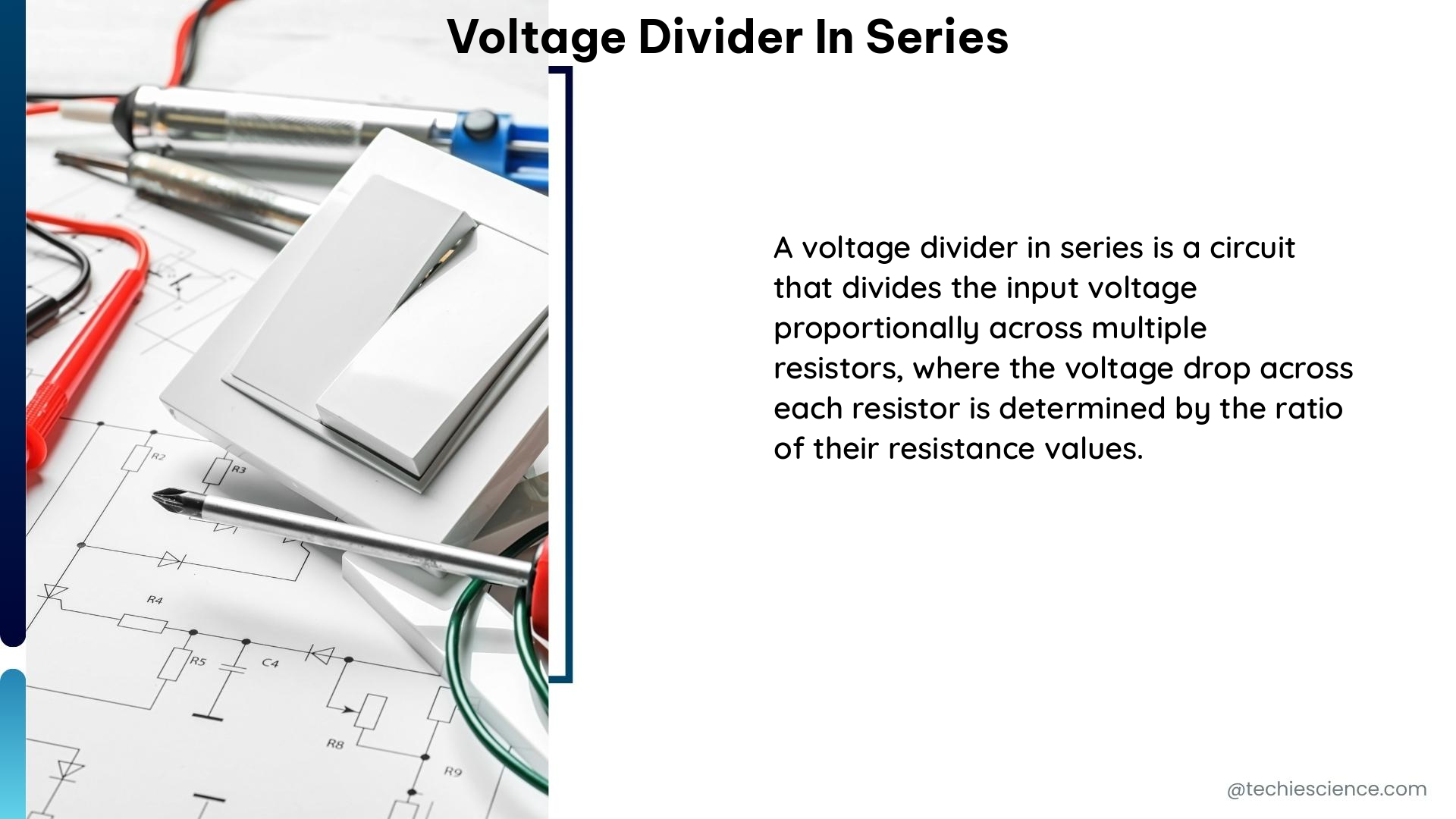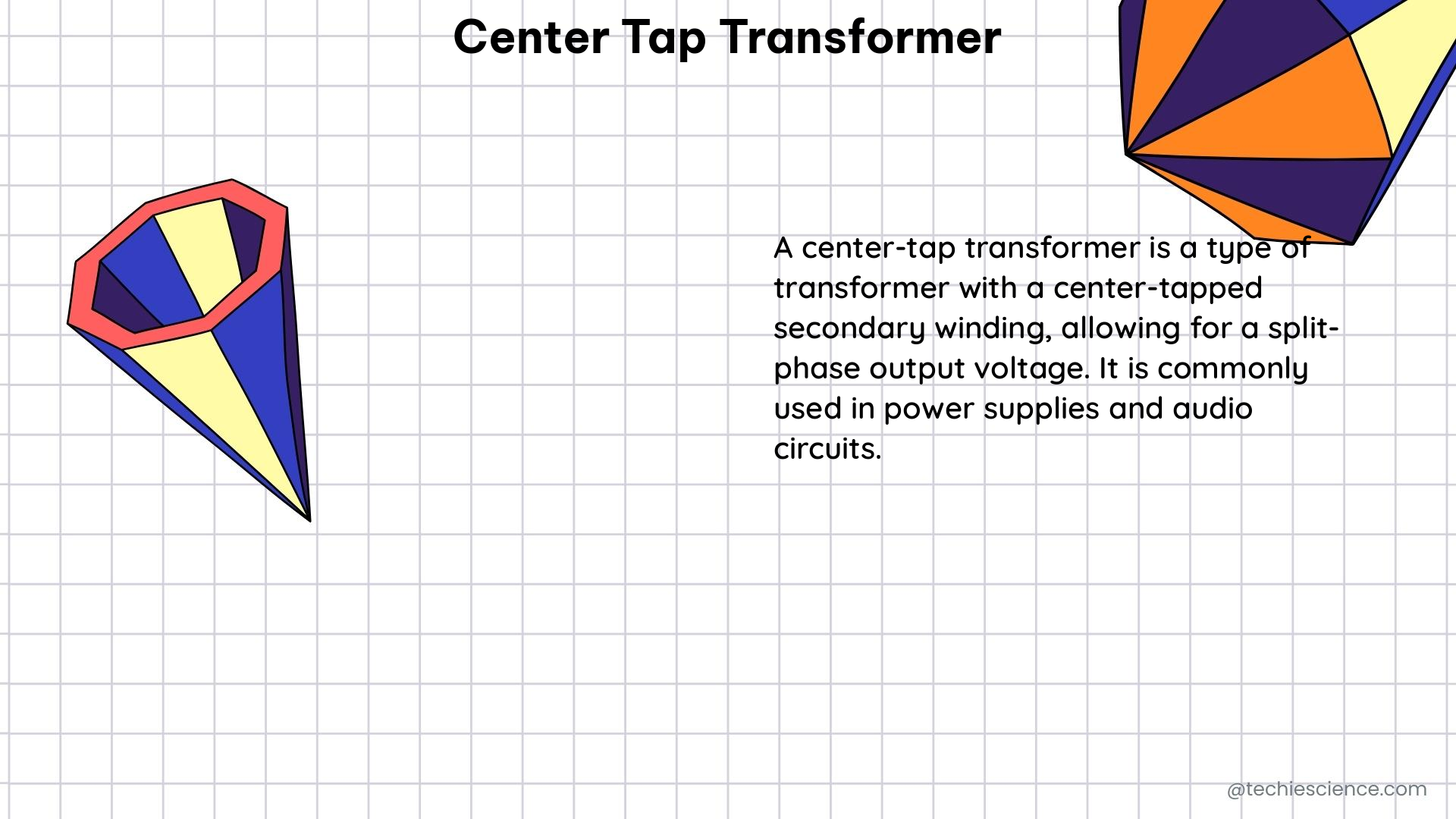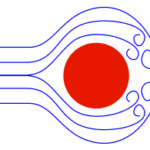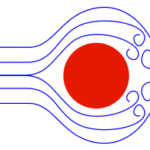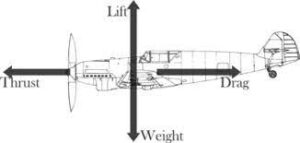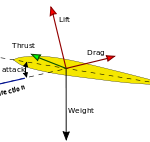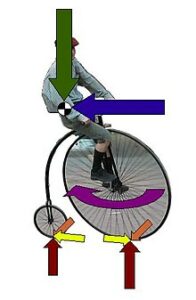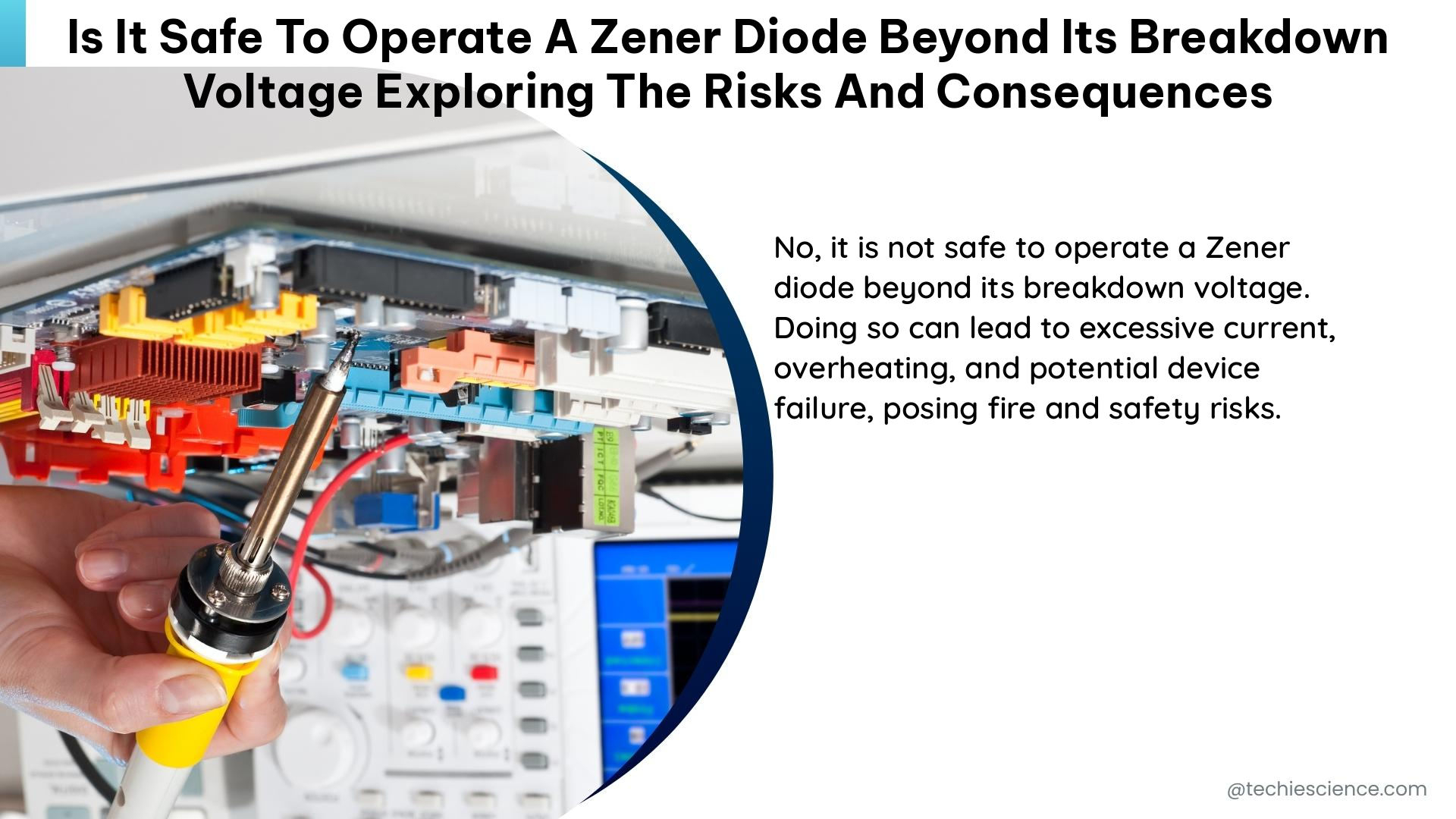Voltage and voltage drop are fundamental concepts in electronics that are closely related but distinct. Understanding the nuances between these two terms is crucial for designing, analyzing, and troubleshooting electronic circuits. This comprehensive guide will delve into the technical details, providing a hands-on approach for electronics students to master the intricacies of voltage and voltage drop.
Understanding Voltage
Voltage, also known as electrical potential difference, is the force that drives the flow of electrons through a circuit. It is the measure of the potential energy difference between two points in an electrical system. Voltage is typically measured in volts (V), and it is the driving force that pushes the current through the circuit.
The voltage in a circuit can be generated by various sources, such as batteries, power supplies, or generators. These sources convert different forms of energy (chemical, mechanical, or electromagnetic) into electrical energy, which is then used to power the circuit.
The voltage in a circuit can be further classified into two types:
-
Source Voltage: This is the voltage provided by the power source, such as a battery or power supply. It is the potential difference between the positive and negative terminals of the power source.
-
Load Voltage: This is the voltage across the load or component in the circuit, such as a resistor or a motor. It is the potential difference between the two terminals of the load.
Understanding the relationship between source voltage and load voltage is crucial for analyzing and designing electronic circuits.
Voltage Drop Explained
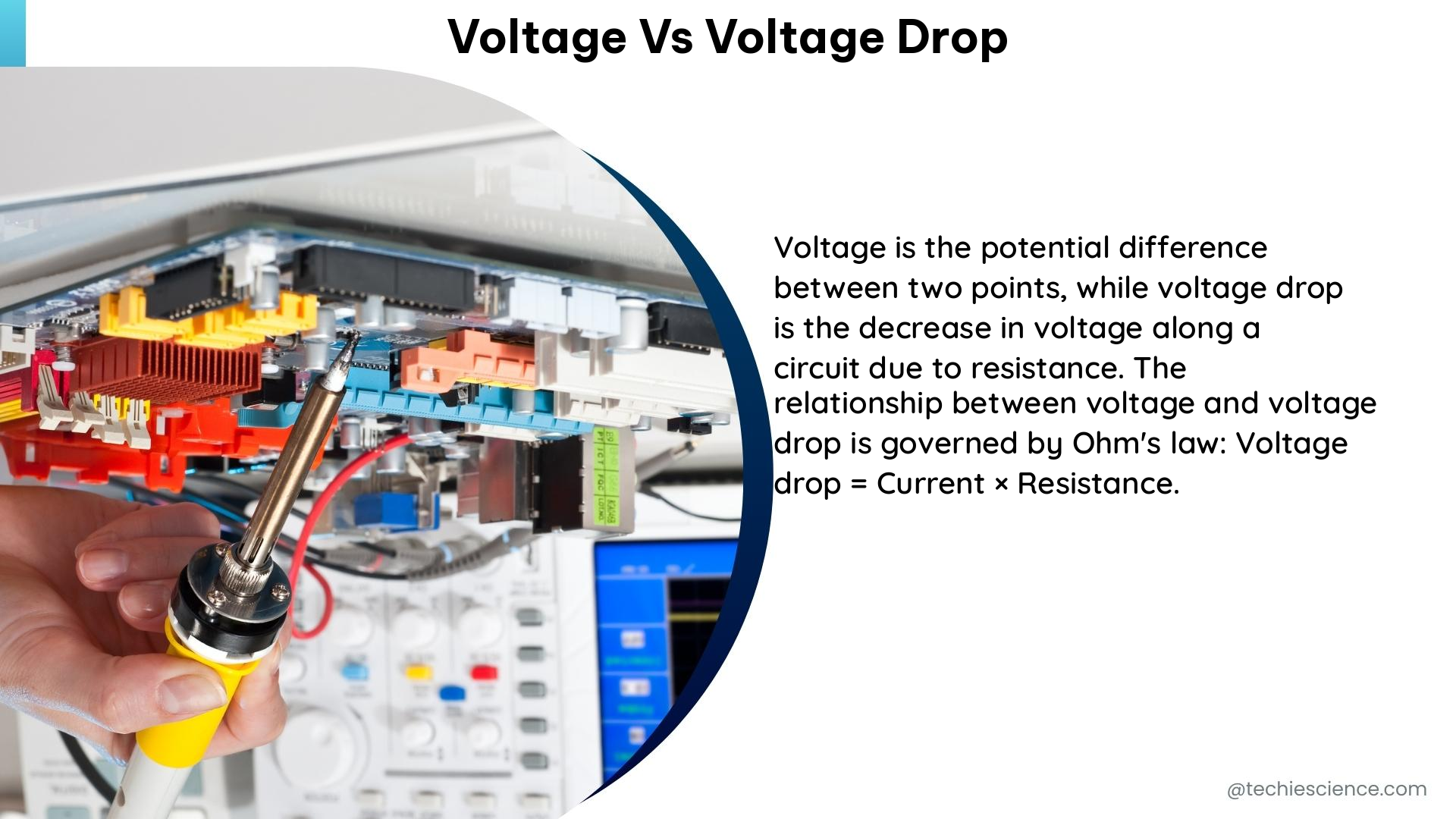
Voltage drop, on the other hand, is the reduction in voltage across a component or section of a circuit due to the flow of current. When current flows through a resistive element, such as a wire, a resistor, or a transistor, some of the energy is dissipated as heat, resulting in a decrease in the voltage across that element.
The voltage drop can be calculated using Ohm’s law, which states that the voltage drop (V) is equal to the product of the current (I) and the resistance (R) of the component or section of the circuit:
V = I × R
This means that the voltage drop is directly proportional to the current flowing through the circuit and the resistance of the component or section.
Voltage drop is an important consideration in electronic circuit design, as it can affect the performance and efficiency of the circuit. Excessive voltage drop can lead to reduced power delivery to the load, which can result in decreased performance or even component failure.
Factors Affecting Voltage Drop
Several factors can influence the voltage drop in a circuit, including:
-
Resistance: The resistance of the components or wires in the circuit directly affects the voltage drop. Higher resistance leads to a greater voltage drop.
-
Current: The amount of current flowing through the circuit also plays a crucial role. Higher current levels result in a larger voltage drop.
-
Wire Length and Gauge: The length and gauge (thickness) of the wires in the circuit can impact the voltage drop. Longer and thinner wires have higher resistance, leading to a greater voltage drop.
-
Temperature: The resistance of conductors can change with temperature, which can affect the voltage drop. Generally, as temperature increases, the resistance of the conductors increases, leading to a higher voltage drop.
-
Inductive and Capacitive Effects: In circuits with inductive or capacitive components, the voltage drop can be influenced by the frequency of the signal and the reactance of these components.
Understanding these factors is essential for accurately calculating and predicting the voltage drop in a circuit, which is crucial for ensuring the proper operation and performance of electronic devices.
Measuring Voltage and Voltage Drop
Accurately measuring voltage and voltage drop is crucial for troubleshooting and analyzing electronic circuits. There are several methods and tools available for this purpose:
-
Multimeter: A digital multimeter is the most common tool used to measure voltage and voltage drop. It can be used to measure the voltage across a component or the voltage drop across a section of the circuit.
-
Oscilloscope: An oscilloscope is a powerful tool that can be used to visualize and measure the voltage waveforms in a circuit. It can provide detailed information about the voltage levels, waveform shapes, and voltage drop over time.
-
Voltage Probes: Specialized voltage probes can be used in conjunction with a multimeter or oscilloscope to measure voltage and voltage drop at specific points in the circuit. These probes are designed to minimize the impact on the circuit under test.
-
Voltage Divider Circuits: In some cases, a voltage divider circuit can be used to measure the voltage drop across a component or section of the circuit. By carefully designing the voltage divider, the voltage drop can be measured without significantly affecting the circuit operation.
When measuring voltage and voltage drop, it is important to consider the following best practices:
- Ensure that the measurement device (multimeter, oscilloscope, etc.) is properly calibrated and connected to the circuit.
- Avoid loading the circuit under test, as this can affect the voltage and voltage drop measurements.
- Consider the input impedance of the measurement device and ensure it is high enough to minimize the impact on the circuit.
- Carefully select the appropriate measurement range and settings on the measurement device to obtain accurate and reliable results.
By following these best practices, you can obtain accurate and reliable measurements of voltage and voltage drop, which are essential for understanding and troubleshooting electronic circuits.
Calculating Voltage Drop
As mentioned earlier, the voltage drop across a component or section of a circuit can be calculated using Ohm’s law:
V = I × R
Where:
– V is the voltage drop (in volts)
– I is the current flowing through the component or section (in amperes)
– R is the resistance of the component or section (in ohms)
Let’s consider a practical example to illustrate the calculation of voltage drop:
Suppose you have a circuit with a resistor of 10 ohms, and a current of 0.5 amps is flowing through it. Calculate the voltage drop across the resistor.
Using the Ohm’s law formula:
V = I × R
V = 0.5 A × 10 ohms
V = 5 volts
Therefore, the voltage drop across the 10-ohm resistor with a current of 0.5 amps is 5 volts.
It’s important to note that the voltage drop calculation can be more complex in circuits with multiple components, varying resistances, or non-linear elements. In such cases, you may need to use more advanced analysis techniques, such as Kirchhoff’s laws or network analysis methods.
Minimizing Voltage Drop
Minimizing voltage drop is crucial in electronic circuit design, as it can help improve the efficiency, performance, and reliability of the system. Here are some strategies for minimizing voltage drop:
-
Reduce Resistance: Lowering the resistance of the components or wires in the circuit can significantly reduce the voltage drop. This can be achieved by using thicker wires, choosing components with lower resistance, or optimizing the circuit layout to minimize the length of the conductive paths.
-
Increase Wire Gauge: Using thicker wires (higher gauge number) can reduce the resistance and, consequently, the voltage drop. This is particularly important in high-current circuits or long-distance power distribution.
-
Optimize Circuit Layout: Carefully designing the circuit layout to minimize the length of the conductive paths can help reduce the overall resistance and voltage drop.
-
Use Low-Resistance Components: Selecting components with low internal resistance, such as high-quality resistors, connectors, and switches, can help minimize the voltage drop.
-
Employ Voltage Regulation: Incorporating voltage regulation circuits, such as linear regulators or switching regulators, can help maintain a stable output voltage despite changes in load or input voltage, effectively reducing the voltage drop.
-
Implement Parallel Paths: Providing multiple parallel paths for the current to flow can distribute the current and reduce the voltage drop across individual components or sections of the circuit.
-
Monitor and Maintain the Circuit: Regularly monitoring the voltage drop and maintaining the circuit components can help identify and address any issues that may contribute to excessive voltage drop over time.
By applying these strategies, you can effectively minimize the voltage drop in your electronic circuits, ensuring optimal performance, efficiency, and reliability.
Practical Applications and Considerations
Voltage and voltage drop are crucial concepts in a wide range of electronic applications, including:
-
Power Distribution Systems: Accurate understanding of voltage drop is essential for designing efficient power distribution systems, such as those found in buildings, vehicles, or industrial facilities, to ensure proper voltage levels at the load.
-
Electronic Circuits: Analyzing and managing voltage drop is crucial in the design of electronic circuits, from simple resistor-capacitor (RC) networks to complex digital and analog circuits, to ensure proper operation and prevent component damage.
-
Automotive Electrical Systems: Automotive electrical systems rely heavily on the management of voltage and voltage drop, particularly in the context of battery charging, lighting, and other vehicle subsystems.
-
Renewable Energy Systems: In renewable energy systems, such as solar photovoltaic or wind power, voltage drop analysis is essential for optimizing the power transmission and distribution infrastructure.
-
Industrial Control Systems: Voltage drop is a critical consideration in industrial control systems, where accurate voltage levels are necessary for the proper operation of sensors, actuators, and other components.
When working with voltage and voltage drop in practical applications, it’s important to consider the following:
- Safety: Ensure that all voltage and current measurements are performed safely, following appropriate safety protocols and using properly insulated tools and equipment.
- Accuracy: Strive for accurate measurements and calculations to avoid design errors or operational issues.
- Regulatory Compliance: Adhere to relevant electrical codes, standards, and regulations that may apply to your specific application or industry.
- Thermal Management: Consider the thermal effects of voltage drop, as it can lead to power dissipation and heat generation, which may require additional cooling or thermal management strategies.
- Dynamic Conditions: Be aware of the potential for voltage fluctuations or transients in the circuit, which can affect the voltage drop and the overall system performance.
By understanding the nuances of voltage and voltage drop, and applying the appropriate strategies and considerations, electronics students can develop the skills and knowledge necessary to design, analyze, and troubleshoot a wide range of electronic systems and circuits.
Conclusion
Voltage and voltage drop are fundamental concepts in electronics that are closely related but distinct. Understanding the relationship between these two terms is crucial for designing, analyzing, and troubleshooting electronic circuits.
In this comprehensive guide, we have explored the technical details of voltage and voltage drop, including their definitions, factors affecting voltage drop, measurement techniques, and calculation methods. We have also discussed strategies for minimizing voltage drop and the practical applications of these concepts in various electronic systems.
By mastering the intricacies of voltage and voltage drop, electronics students can develop the skills and knowledge necessary to design, analyze, and troubleshoot a wide range of electronic circuits and systems, ensuring their optimal performance, efficiency, and reliability.
References
- Semiconductor Engineering, “Is Your Voltage Drop Flow Obsolete?”, 2023-11-13, https://semiengineering.com/is-your-voltage-drop-flow-obsolete/
- Lectromec, “Determining Voltage Drop”, 2019-10-11, https://lectromec.com/determining-voltage-drop/
- Physics Stack Exchange, “I don’t understand what we really mean by voltage drop”, 2013-03-05, https://physics.stackexchange.com/questions/55948/i-dont-understand-what-we-really-mean-by-voltage-drop
- Electrical Engineering Stack Exchange, “What is the difference between voltage and voltage drop?”, 2015-06-24, https://electronics.stackexchange.com/questions/159524/what-is-the-difference-between-voltage-and-voltage-drop
- Texas Instruments, “Understanding Voltage Drop in Electrical Systems”, 2019, https://www.ti.com/lit/an/slva780/slva780.pdf

